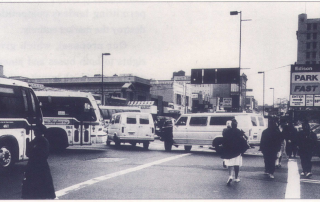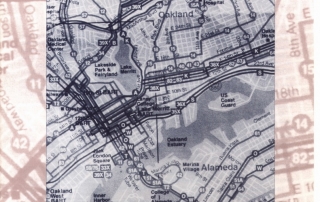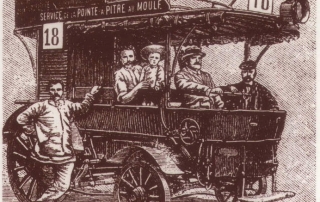ACCESS 08, Spring 1996
Introduction
Luci Yamamoto
I arrived here at the UC Transportation Center just nine months ago. A former lawyer and aspiring writer, I had only a layman's knowledge of transportation systems, mostly based on my personal experiences.
Growing up in Hilo, Hawaii, I thought traffic jams meant having to circle the parking lot twice to find a space. No one worried about ozone or took cars in for smog checks. Every desirable destination-shopping malls, movie theaters, beaches, even downtown-was within a few minutes' drive.







